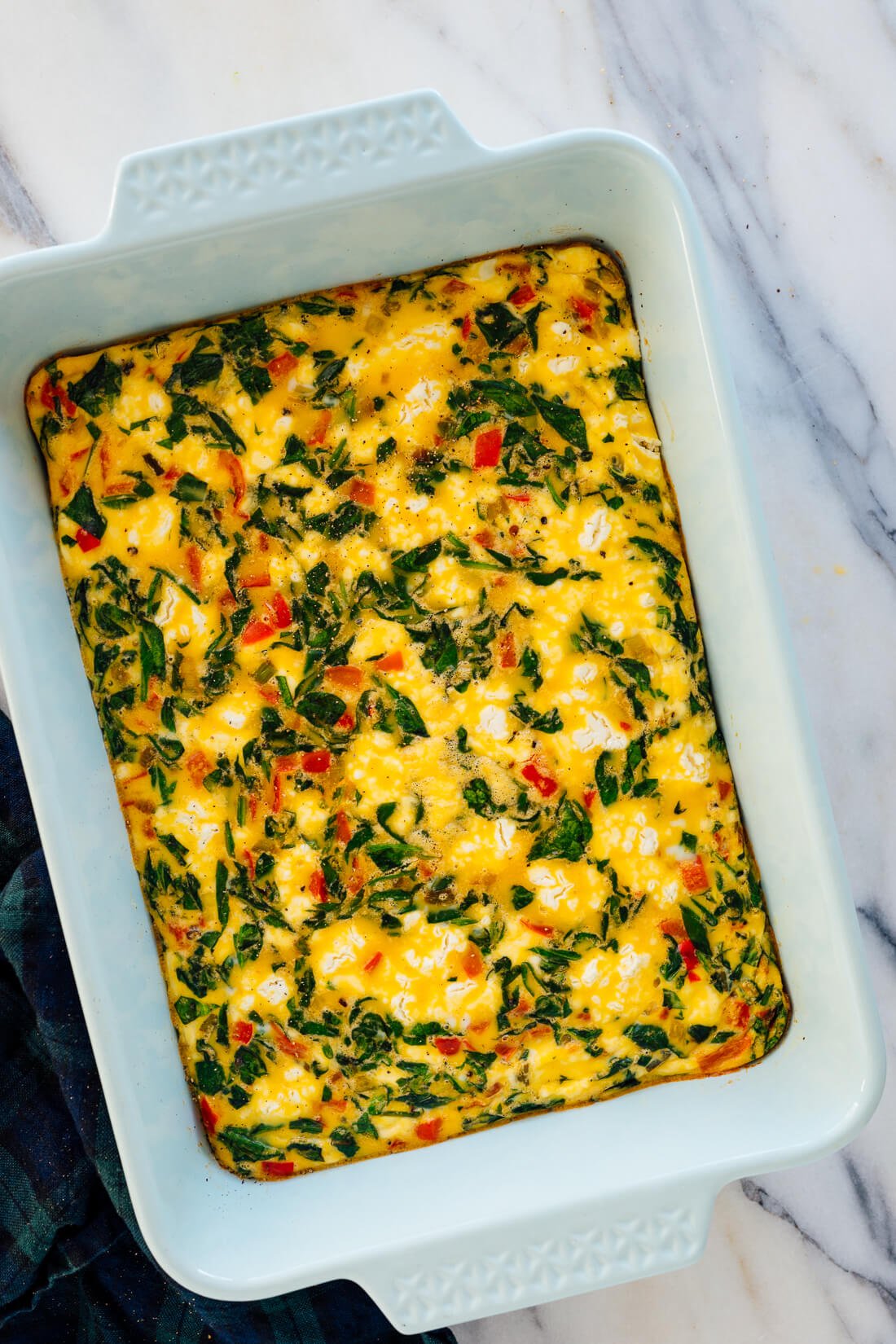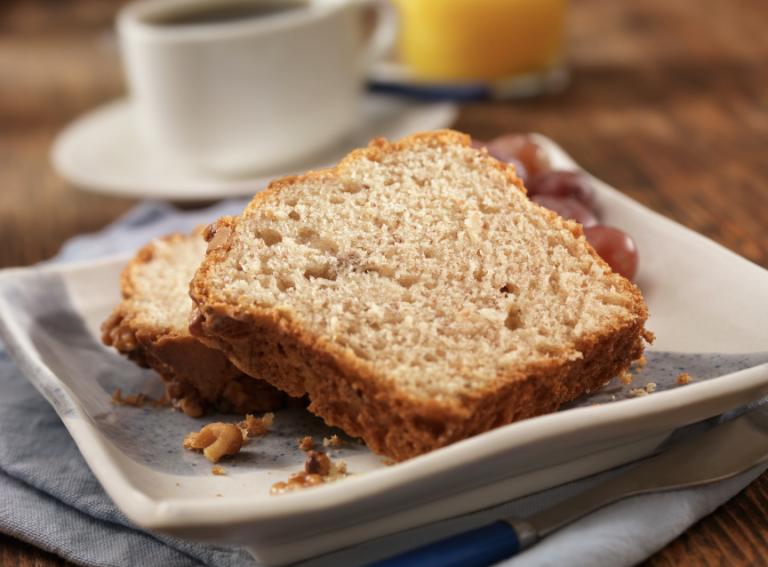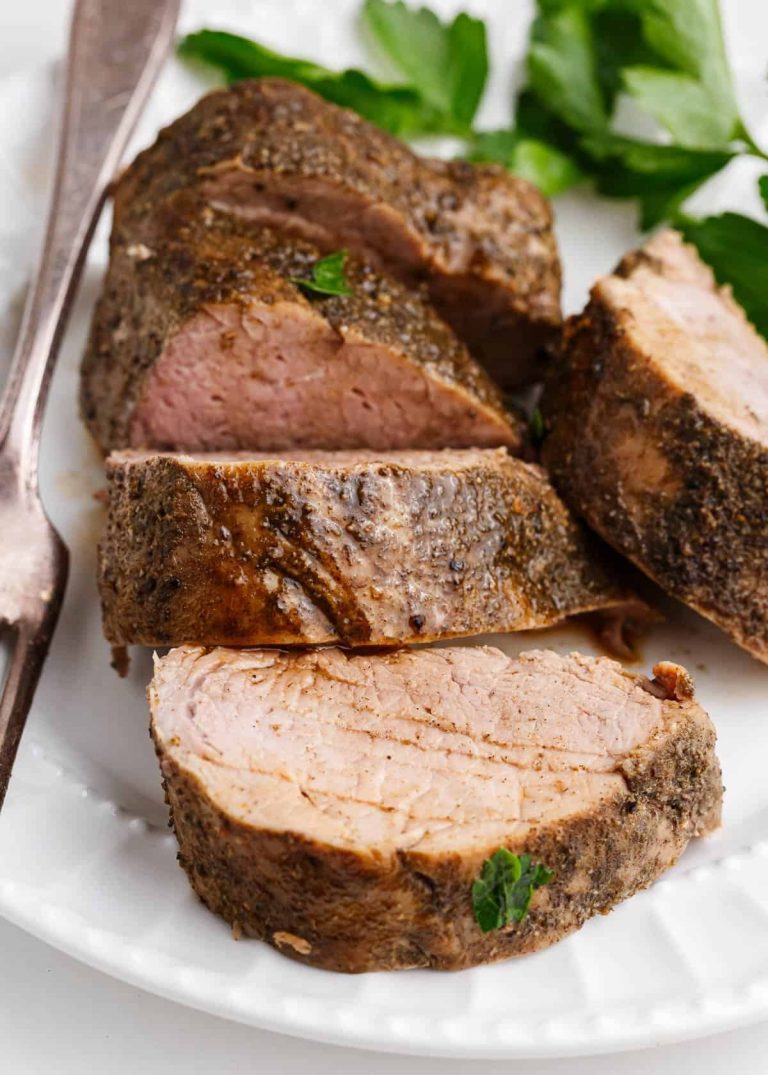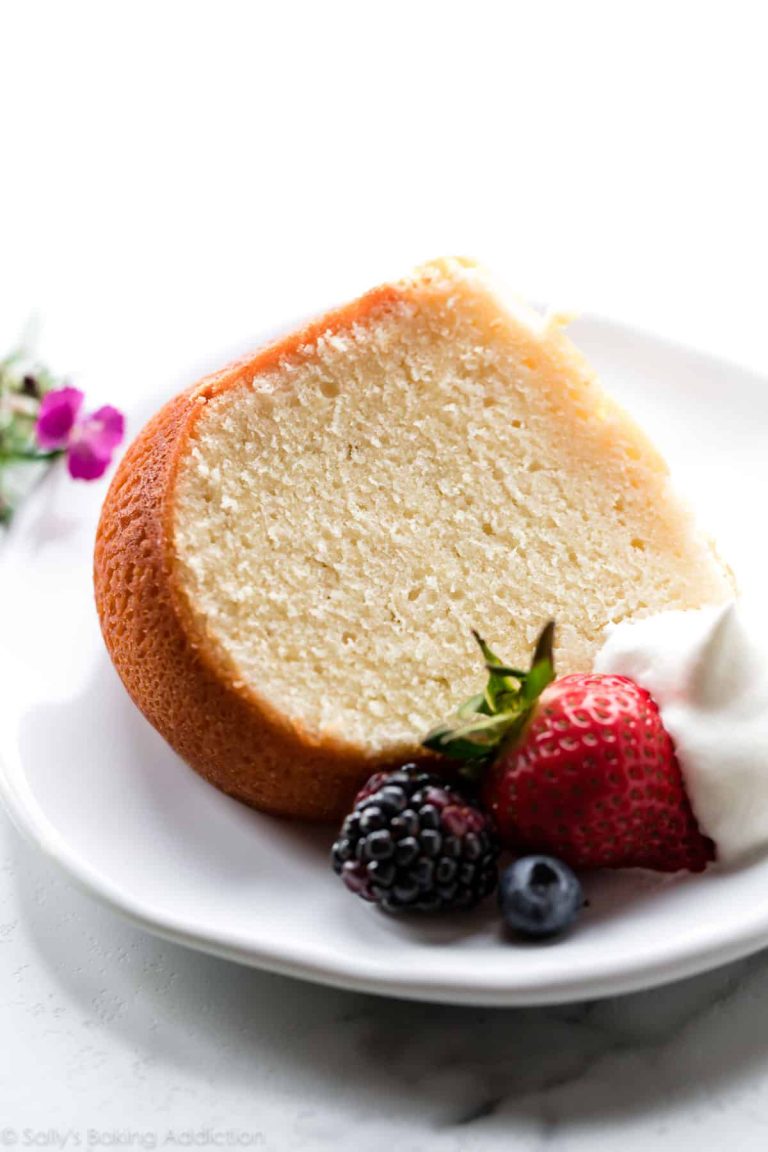Egg And Sausage Casserole Recipe: Easy, Nutritious, and Delicious Meal
An egg and sausage casserole serves as a versatile breakfast dish ideal for various occasions. Combining seasoned sausage, fluffy eggs, and melty cheese, this one-pan meal delivers comforting flavors and a satisfying texture.
Ingredients
- Sausage: Use breakfast sausage for its balanced flavors.
- Eggs: Choose large eggs for a rich base.
- Cheese: Opt for cheddar, mozzarella, or a blend.
- Milk: Ensure a creamy consistency.
- Bread: Adds structure and absorbs flavors.
- Seasonings: Customize with salt, pepper, and herbs.
Preparation Steps
- Preheat Oven: Set to 350°F (175°C).
- Cook Sausage: Brown sausage in a skillet.
- Mix Eggs and Milk: Whisk until thoroughly combined.
- Layer Ingredients: Arrange bread, sausage, and cheese in a baking dish.
- Pour Egg Mixture: Evenly distribute over layers.
- Bake: Cook for 30-40 minutes until eggs set.
Serving Suggestions
- Side Dishes: Pair with fresh fruit, toast, or a light salad.
- Occasions: Suitable for brunch gatherings, holiday breakfasts, or meal prep.
Storage and Reheating
- Refrigeration: Store covered in the refrigerator for up to three days.
- Freezing: Freeze portions for up to three months.
- Reheating: Warm in the oven at 350°F until heated through.
Nutritional Value
An egg and sausage casserole provides a balanced mix of protein, fats, and carbs. The exact values depend on specific ingredients used.
| Nutrient | Approximate Amount (per serving) |
|---|---|
| Calories | 350-450 |
| Protein | 20-25g |
| Carbohydrates | 15-20g |
| Fats | 20-25g |
Variations
- Vegetarian: Replace sausage with sautéed vegetables.
- Spicy: Add jalapeños or hot sauce.
- Low-Carb: Use more eggs and less bread.
- Consistency: Ensure even layering for uniform cooking.
- Flavor: Let
Key Ingredients and Substitutions
Understanding the Core Ingredients
Eggs, sausage, and cheese form the core ingredients of an egg and sausage casserole.
- Eggs: Provide structure and fluffiness to the casserole. Use large eggs for the best results.
- Sausage: Imparts savory flavor. Choose ground sausage or sausage links, crumbled, for even distribution.
- Cheese: Adds creaminess and binds the dish. Cheddar or mozzarella work well, but variations like Swiss or pepper jack bring different flavors.
Options for Dietary Restrictions
Dietary preferences don’t limit an egg and sausage casserole’s adaptability.
- Vegetarian: Substitute sausage with plant-based sausage or sautéed vegetables like bell peppers and mushrooms.
- Low-fat: Opt for turkey sausage and reduced-fat cheese to reduce calorie and fat content.
- Gluten-free: Ensure all ingredients are certified gluten-free, and consider adding hash browns or sweet potatoes for texture.
- Dairy-free: Replace cheese with dairy-free alternatives and use almond or coconut milk instead of regular milk in the egg mixture.
These adjustments maintain the dish’s versatile and hearty nature while accommodating varied dietary needs.
Step-by-Step Cooking Guide
Preparing the Ingredients
Gather all ingredients before starting. Use 12 large eggs for a medium-sized casserole. Crack them into a large mixing bowl. Whisk the eggs until fully beaten to ensure a consistent texture.
Next, cook 1 pound of sausage in a non-stick skillet over medium heat. Break the sausage into crumbles while cooking. When it’s fully browned, drain any excess grease.
Shred 2 cups of cheese—cheddar and mozzarella both work well. Grate the cheese yourself for better melt quality.
Chop 1 cup of vegetables like bell peppers, onions, and spinach if you want extra flavor and nutrients. Ensure they’re in small, uniform pieces for even cooking.
Baking the Casserole
Preheat your oven to 350°F (175°C). Lightly grease a 9×13-inch baking dish with cooking spray or butter.
Combine the beaten eggs, cooked sausage, shredded cheese, and chopped vegetables in the large mixing bowl. Stir until all ingredients are evenly distributed.
Pour the mixture into the prepared baking dish. Spread it out evenly to ensure uniform cooking.
Bake in the preheated oven for 30-35 minutes. Check for doneness by inserting a toothpick into the center—if it comes out clean, it’s ready.
Remove the casserole from the oven and let it cool for 5-10 minutes before serving. This resting period helps the casserole set and makes it easier to slice.
Serving Suggestions
Best Side Dishes
Serving egg and sausage casserole with the right side dishes enhances the meal. Consider including:
- Fresh Fruit: Slices of pineapple, orange, and berries provide a refreshing contrast.
- Green Salad: A light salad with spinach, arugula, or mixed greens adds a healthy element.
- Toast: Whole grain or sourdough toast offers a crunchy complement.
- Hash Browns: Crispy hash browns improve texture and add heartiness.
- Avocado: Sliced or mashed avocado contributes creamy richness.
Experimenting with these options allows variety in texture and balance in flavors around the casserole.
Tips for Presentation
Presenting the casserole well boosts its appeal. Follow these tips:
- Garnish: Sprinkle fresh herbs like parsley or chives on top for color.
- Serve in Slices: Use a sharp knife to cut neat squares or rectangles.
- Table Setting: Place on a serving platter for family-style meals or individual plates for a formal feel.
- Warm Plates: Keep plates warm to maintain the casserole’s temperature.
- Layering: Serve with a small portion of each side dish to create a balanced, visually appealing plate.
Implementing these presentation ideas can make your egg and sausage casserole look as good as it tastes.
Nutritional Information
Caloric Breakdown
An egg and sausage casserole provides a substantial caloric intake, typically ranging between 300 to 400 calories per serving. Calories come from the combination of eggs, sausage, cheese, and any additional ingredients. Eggs and cheese contribute to the protein and fat content, while sausage adds to protein and fat levels. Here’s a breakdown per average serving size:
| Component | Calories | Protein (g) | Fat (g) | Carbs (g) |
|---|---|---|---|---|
| Eggs (2 large) | 140 | 12 | 10 | 2 |
| Sausage (2 oz) | 180 | 10 | 15 | 2 |
| Cheese (1 oz) | 110 | 7 | 9 | 1 |
| Other (veggies or spices) | 20-50 | 1-2 | 0-5 | 3-5 |
This typical setup approximates the dish’s nutritional value, varying with specific ingredients used.
Health Benefits
The egg and sausage casserole includes several health benefits due to its key components. Eggs provide high-quality protein, essential amino acids, and vitamins like B12 and D. Sausages, if chosen lean or processed meat alternatives, offer protein and minerals like iron and zinc. Cheese enhances calcium intake, vital for bone health. For a balanced diet, ensure ingredients lower in saturated fat and sodium get selected.
Including vegetables like spinach, bell peppers, or tomatoes boosts fiber and antioxidant intake. These additions improve digestive health and support immune function. In moderation, this casserole supports a nutrient-rich diet.
Conclusion
Creating an egg and sausage casserole is a delightful way to enjoy a nutritious and satisfying meal. Whether you’re preparing it for a family breakfast or a special brunch, this dish offers both versatility and flavor. By incorporating a variety of ingredients, you can customize it to suit your dietary needs and preferences.
Remember, adding vegetables not only boosts the nutritional profile but also enhances the taste and texture. With its rich protein content and essential vitamins and minerals, this casserole supports a balanced diet. Give it a try and experience the delicious benefits for yourself!






